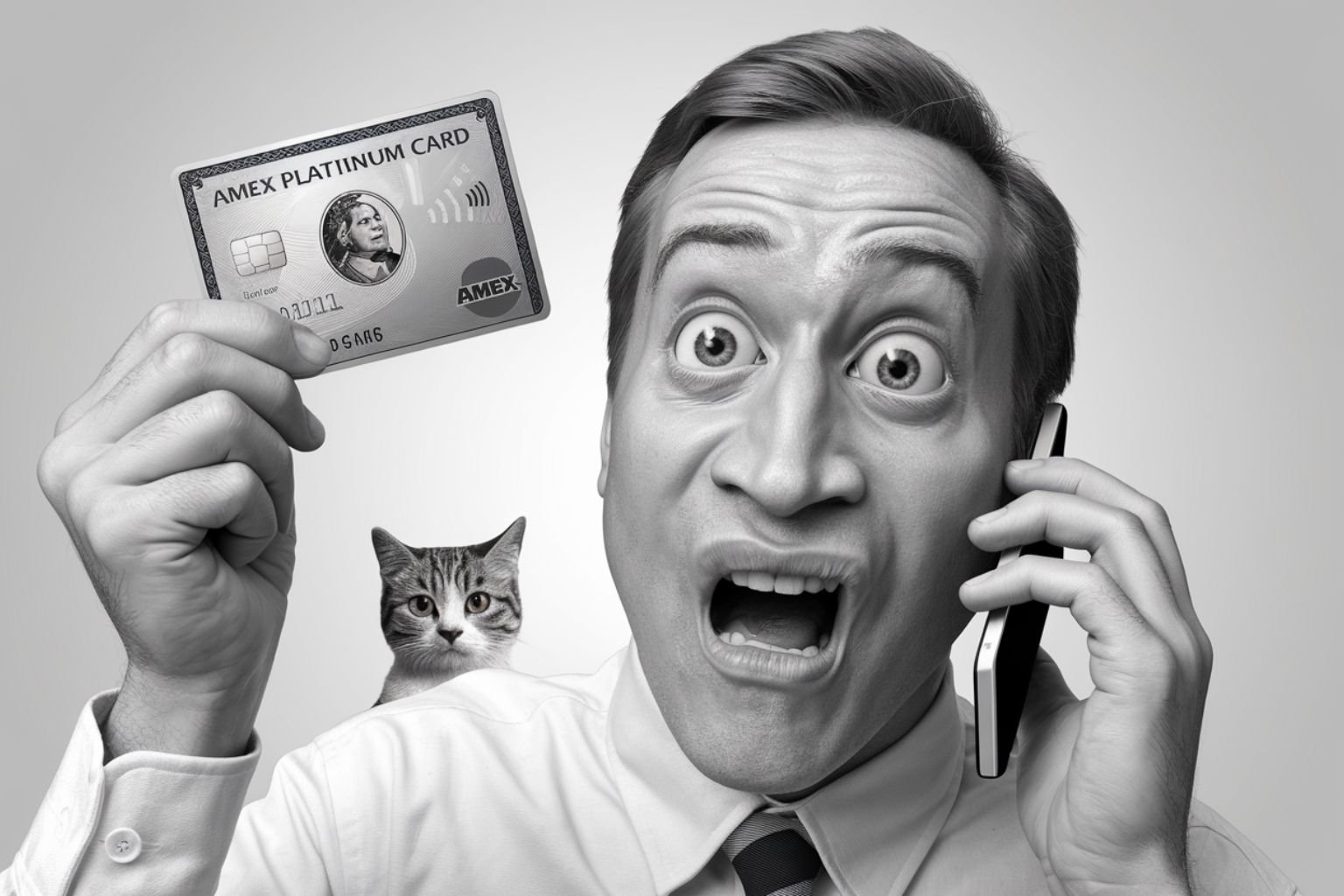In this case
- A tourist in Istanbul is lured into a bar and coerced into paying $7,853 for bogus drinks under the threat of violence.
- While one credit card company (Chase) reverses the charges immediately, Wells Fargo allows them to go through.
- The customer finds himself caught in a bureaucratic loop between Wells Fargo’s fraud and dispute departments, each claiming the other is responsible.
Nicholas Butler gets charged $7,853 at a bar in Istanbul under shady circumstances. Will his bank step up and help him undo the charges?
Question
While I was on vacation in Istanbul last year, I fell victim to a scam by some local thugs. They ran a “club” where they persuaded single male tourists to come in. Then they coerced them into paying thousands of dollars for bogus drinks (“champagne” that was cider and water, for example). They made it impossible to leave without the threat of violence.
Once I was inside, it was clear that the locals I had come with were working with the “club” to lure tourists in and bilk them of their money. I played dumb, realizing I had no choice but to stay; there was one exit down a flight of stairs and a bouncer who made sure no one was leaving until they got their money. Some charges they made me sign for; others they continued to charge to my card now that they had it.
They charged me on two credit cards: one Wells Fargo card and one Chase card. I eventually was able to leave and contacted both credit card companies the next day. I also filed a police report, which I provided to Wells and Chase. The police were aware of this fraudulent establishment and showed me mug shots of the owner, who I recognized. Immediately after I filed my police report, another tourist came in complaining of the same club with the same problem—only he had tried to leave. They threw him down the stairs.
A credit card dispute that didn’t work
Chase reversed the charges immediately. But Wells Fargo allowed every charge to go through that night. I contacted Wells Fargo’s fraud department, told them what happened, and sent them the police report. Weeks later, they informed me that this could not be handled as fraud. They then said they had transferred the problem to Disputes. Disputes told me the fraud department was handling it. Fraud sent it back to Disputes.
Meanwhile, they reinstated the charges without any notice. Wells Fargo has dragged its feet on this issue for almost three months. I’ve called them several times to see if there was any update. In the most recent call, it became clear that they hadn’t read the police report I gave them. They asked me ridiculously basic questions, which indicated they had done nothing whatsoever about the case and had done no research of any kind.
The $7,853 charge has left me extremely stressed out about my finances. I am between jobs and need the money. Can you help? — Nicholas Butler, San Francisco
Answer
Wells Fargo should have quickly refunded your money. Wait, scratch that — it should have never charged your credit card.
Why? Well, $8,000 at a bar in Istanbul should have triggered its fraud detection algorithms. Wells Fargo’s algorithms are highly sensitive in my experience, and it should have flagged a charge of this size quickly. I’m surprised it didn’t.
What happened? Wells Fargo has two separate departments — one for fraud, the other for chargebacks. Neither department wanted to handle your charge, so they were going back and forth. Meanwhile, you refused to pay your credit card bill, so the dispute started to affect your credit report.
This type of “clip joint” scam is terrifyingly common. Have you ever been in a situation where you felt pressured or threatened into paying for something while traveling?
Why do you think one bank (Chase) resolved this instantly, while the other (Wells Fargo) fumbled the case for months? Is this just a case of bad bureaucracy?
What are the red flags that tell you to avoid a certain bar or club when you’re in a foreign city? Share your best safety tip in the comments.
How to contact Wells Fargo
There’s a way to break this impasse. You can contact a manager at Wells Fargo. I publish the names, numbers and email addresses of the Wells Fargo executives on my consumer advocacy site, Elliott.org. A brief, polite email to one of them might have gotten this fixed. Wells Fargo’s credit cards have a “Zero Liability” protection and you won’t be held responsible for any promptly reported unauthorized card transactions. Clearly, someone made the charges to your card without your authorization. (Related: Help me with these unauthorized charges on my Citi card!)
You reached out to my advocacy team. I contacted Wells Fargo on your behalf. It reversed your charges and also helped you clear up the problem with your credit score.
Anatomy of a travel scam
How a night out can turn into an $8,000 mistake—and how to avoid it
It starts with a friendly invitation
- You’re approached by someone friendly while sightseeing or walking alone.
- They suggest a fun local bar with “great music” or “traditional drinks.”
- Everything seems legitimate—until you’re inside.
Once you’re inside, you’re not in control
- You’re encouraged to order expensive drinks you didn’t ask for.
- The tab balloons—often into thousands of dollars.
- Your card is taken out of sight or multiple transactions are run.
- When you try to leave, security blocks your exit until you pay.
You’re stuck with the bill—unless you act fast
- Some banks may not flag the charges—even if they’re outrageous.
- You could be bounced between departments (Fraud vs. Disputes).
- Acting quickly—reporting fraud, escalating, and providing evidence—is your best shot.
How to fight a fraudulent charge
- Act immediately. The moment you suspect fraud, contact your credit card company. Use the number on the back of your card or the bank’s mobile app. Time is critical, and prompt reporting is a key factor in winning a dispute.
- File a police report. If you were the victim of a crime, as in this case, a police report is your most powerful piece of evidence. Provide a copy to your bank as soon as you have it.
- Keep detailed records. Note every call you make to the bank: the date, time, and the name of the person you spoke with. Follow up with a brief, polite email summarizing the conversation to create a paper trail.
- Escalate to an executive. If the fraud or dispute department is giving you the runaround, don’t be afraid to escalate. Use the executive contacts on this site to send your case to a manager who can cut through the bureaucracy.
Related reads




